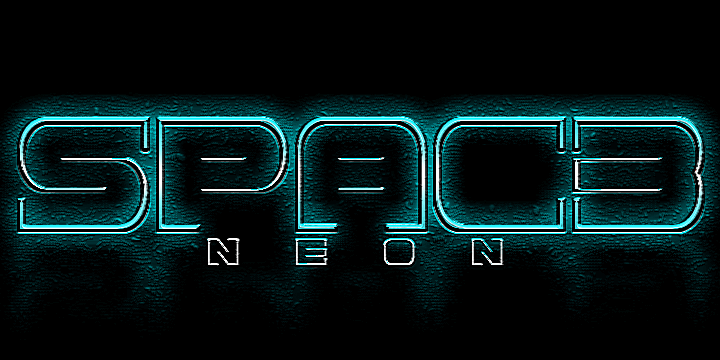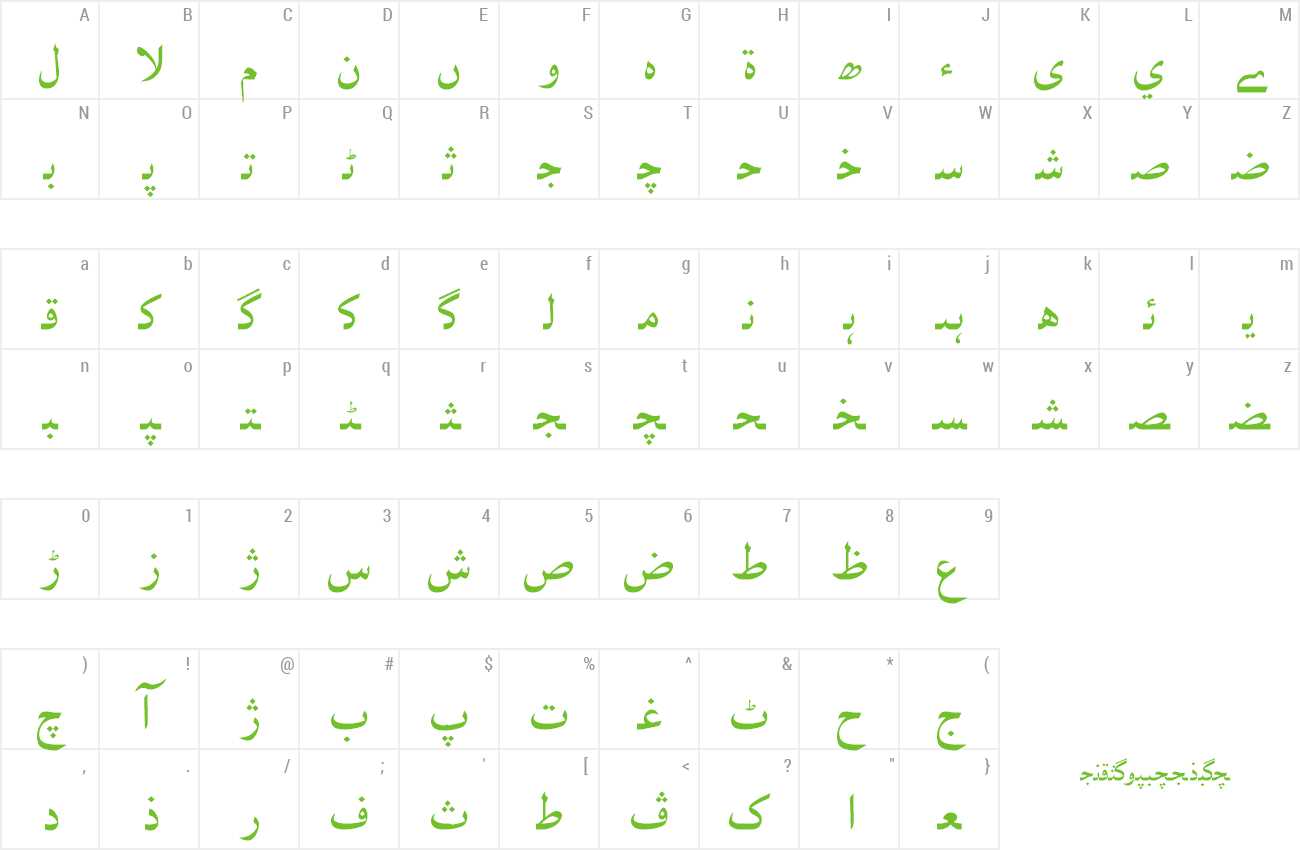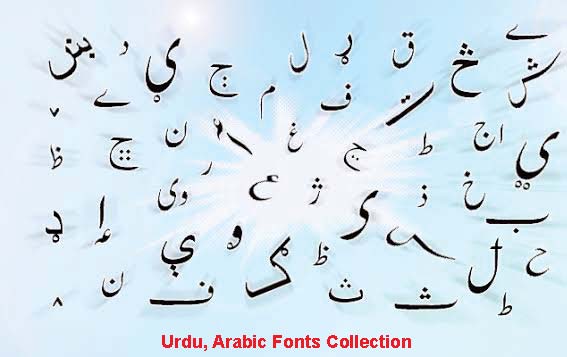Inpage 2009 free download. Inpage 2009 free download, Inpage is usually used as software for languages. It is a word processor and page layout. You can write in any language on it like Urdu, Punjabi, Balochi, Pashto, Arabic and Persian. Using the Mac's own Arabic Unicode fonts, the user will be able to view Urdu-encoded websites using Safari and to produce Unicode-compliant documents using TextEdit. However, support is limited to applications like TextEdit and Safari.
Urdu Fonts
 Recommended Fonts | Keyboard Layouts | Mac vs. PC vs. Linux Rendering Issues | Credits
Recommended Fonts | Keyboard Layouts | Mac vs. PC vs. Linux Rendering Issues | CreditsRecommended Fonts
The SALRC recommends the following fonts for Urdu language pedagogy and Internet applications:
Note: Baluchi, Brahui, Kashmiri, Lahnda, Panjabi Shahmukhi make use of additional letters not found in Urdu script; fonts that support these languages have been specifically noted below in the 'Download/Install' column.
[Click on font names or samples for specific information and text samples for each font.]
Free Download Urdu Fonts For Mac
[ A - G ]| [ H - Q ]| [ R - Z ]
Nafees Naskh (Nafees Naskh.ttf)
Free download from the Center for Research in Urdu Language Processing (CRULP).
Note: Also supports Panjabi Shahmukhi.
Nafees Nastaleeq (Nafees Nastaleeq.ttf)
Free download from the Center for Research in Urdu Language Processing (CRULP).
Nafees Pakistani Naskh (Nafees_Pakistani_Naskh.ttf)
Free download from the Center for Research in Urdu Language Processing (CRULP).
Note: Also supports Balochi, Pashto, Punjabi Shahmukhi, and Sindhi.
Nafees Web Naskh (NafeesWeb.ttf)
Free download from the Center for Research in Urdu Language Processing (CRULP).
Tahoma (tahoma.ttf and tahomabd.ttf)
Commercial font supplied with Microsoft Windows 2000 and XP.
Note: Also supports Balochi, Brahui, Kashmiri, Lahnda, Panjabi Shahmukhi, Pashto, and Sindhi.

Input Schemes and Keyboard Layouts
For typing in Urdu on Windows platforms, the SALRC recommends the following options:
- Windows XP/Vista Keyboard Layout: Microsoft Windows XP includes keyboard layouts for typing with Urdu Unicode fonts through the installation of its optional multilingual support. Follow the instructions about 'Enabling South Asian Language Support' and 'Activating Keyboard Layouts' on the 'How to Install Fonts and Layouts' page (in the left navigation bar). The keyboard may be viewed with the On-screen Keyboard Viewer (Start > Program Files > Utilities > Accessibility > On Screen Keyboard). As the default Urdu keyboard is not phonetic, many users may prefer to install a phonetic one (see below).
- The Center for Research in Urdu Language Processing provides a Urdu Phonetic Keyboard for Windows . This keyboard is phonetic and like the InPage keyboard. Follow the instructions above about how to enable South Asian language support before installing this keyboard.
- OpenOffice.org: A free, open-source office suite project that is Unicode-savvy, OpenType enabled, and able to run on Linux/Sparc, Mac OS X (with X11), and all modern Windows platforms, including Windows 95.
Rendering issues: Mac vs. PC
The fonts recommended on this page have been tested for functionality on PCs running Windows XP. They are unsuitable for use with Macintosh computers, because they make use of OpenType technology, developed jointly by Microsoft and Adobe, for displaying vowel signs (matras) and ligatures appropriately. While OS X also recognizes OpenType layout tables, it uses a different rendering engine (ATSUI), and these fonts are written for Microsoft's engine (called Uniscribe).
Perso-Arabic scripts are supported from OS X (10.3.x), with the optional installation of additional language support. Using the Mac's own Arabic Unicode fonts, the user will be able to view Urdu-encoded websites using Safari and to produce Unicode-compliant documents using TextEdit. However, support is limited to applications like TextEdit and Safari. Kamal Abdali's Urdu on the Mac webpage provides instructions on how to enable Urdu and also provides a phonetic keyboard.
These fonts will probably work on most Linux systems, either now or in the future.
Additional Resources and Credits
The content and design of this page rely largely on Alan Wood's Unicode Fonts and WAZU JAPAN's Urdu Unicode Fonts; these sites are excellent and up-to-date resources to find fonts, text editors, browsers, and other Unicode resources. The statistics and other font details appearing on this page have been reproduced with their permission. Visit Penn State's Urdu Computing Informationpages for additional Unicode support. Further discussion of Urdu language processing issues may be found at the CRULP or within the lively and knowledgable Urdu on-line community of weblogs, forums, and email lists; e.g., UrduWiki, Urdu Planet, Urdu Blogs. Sean Pue (Columbia University) and Manan Ahmed (University of Chicago) have provided invaluable assistance and guidance in the creation of this page.
Urdu Typing on Computer and Internet is quite simple and easy.
To type Urdu on the internet or in any software, watch this video or read bellow.
Best Fonts Download
Urdu keyboard (hardware) is not required for typing Urdu on the computer. You only need to install 'Pak Urdu Installer' and type Urdu anywhere on computer and internet. 'Pak Urdu Installer' is a complete package of Urdu installation and free Urdu software for all Urdu Lovers.
Installing the Urdu Font on Apple Mac Download the font zip file from here. Extract the zip file and double click the ttf files one by one to install. Clicking it will install the font.

Best Free Fonts For Mac
Windows operating system already contains the basic facility to read and type Urdu. However, in order to elevate the quality of reading then you need to install 'Urdu fonts' and for typing 'Urdu keyboard layout' is required to be installed on your computer. This course of action solves the problem for Windows Vista, Windows 7, Windows 8 and Windows 10, however an additional adjustment is required to be made for Windows XP, you'll need to activate Urdu support for this Operating system and in order to do this you'll require Windows XP's CD.

To make all of above steps (Activate Urdu support, Urdu fonts and Urdu keyboard layout installation) easy, but easier, 'Pak Urdu Installer' has been developed. 'Pak Urdu Installer' performs all steps automatically without CD i.e. activates Urdu language support, install Urdu keyboard layout and installs necessary Urdu Fonts. With this you'll be able to type and read Urdu in Nastaleeq font on computer and internet easily. 'Pak Urdu Installer' works on all 32-Bit and 64-Bit versions of Windows operating systems. In short, after just few Clicks with Pak Urdu Installer your computer will support complete Unicode Urdu.
After installing 'Pak Urdu Installer' on your computer, you can type Urdu in programs like Microsoft Word, Excel, PowerPoint, Photoshop and other softwares. You can also Search, Chat, send/receive Email in Urdu and type Urdu in Facebook etc. After installation of 'Pak Urdu Installer' and restarting your computer as prompted a Language Bar will be displayed on the Taskbar, as illustrated in the images below.
Windows XP
Windows Vista
Windows 7
Free Fonts For Apple Mac
Windows 10
After installing 'Pak Urdu Installer' further details on Urdu typing will be available in an icon with the name of Pak Urdu Installer on your computer's desktop. In addition questions like 'How to write Urdu alongside English?' and 'Which key should be pressed to type which alphabet?' would be answered after opening that icon.
Remember to type Urdu on your computer an Urdu keyboard 'Hardware' is not necessary instead with 'Pak Urdu Installer' you can type Urdu with your English keyboard. For simplicity Urdu alphabets are arranged with corresponding similar sounding English alphabets, like 'A' key is for 'ALIF' and 'B' key is for 'BAY' etc. /gta-5-pc-mac-download-free/. This arrangement of alphabets in keyboard is called Urdu Phonetic Keyboard.
Typing Urdu on computers and internet is very simple, but if you still have any difficulties then feel free to contact us. Here a complete map of Urdu Phonetic Keyboard.
For reviews, comments and queries on 'Pak Urdu Installer' Click Here.
In which software (e.g. MS Word) you want to write Urdu, press left Alt+Shift on keyboard, so you will be able to type Urdu in this software. To return English press same Alt+shift, besides keyboard shortcut (Alt+Shift) you can select Urdu or English mode by clicking on language bar on taskbar. To check the language mode we should observe Language Bar. If it appears 'UR' on language bar it means Urdu mode and if it appears 'EN' on language bar it means English language is selected.
Three common Urdu fonts that are used in Urdu websites or other places have been included in Pak Urdu Installer in which artistic font 'Jameel Noori Nastaleeq', CRULP font 'Nafees Web Naskh' and BBC Urdu font 'Urdu Naskh Asia Type'. These all three fonts are Urdu Unicode True Type font (ttf).